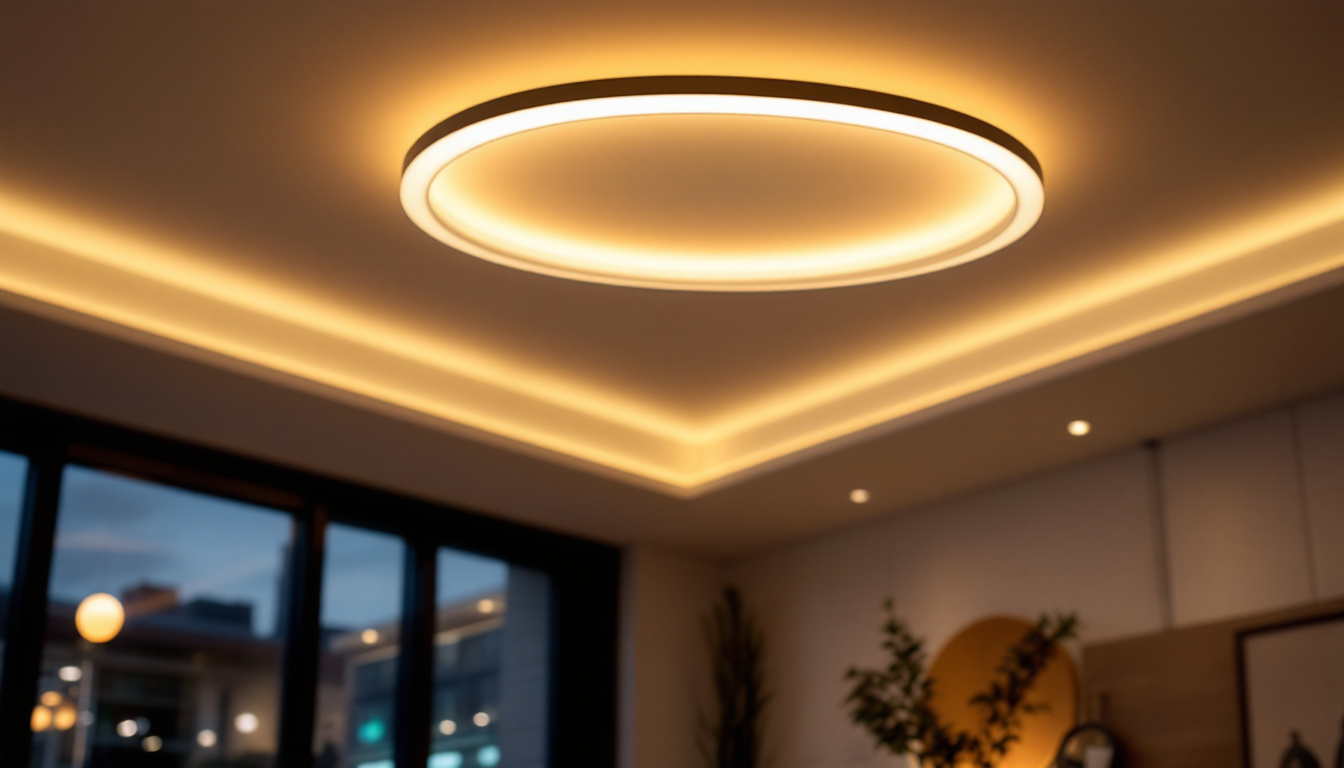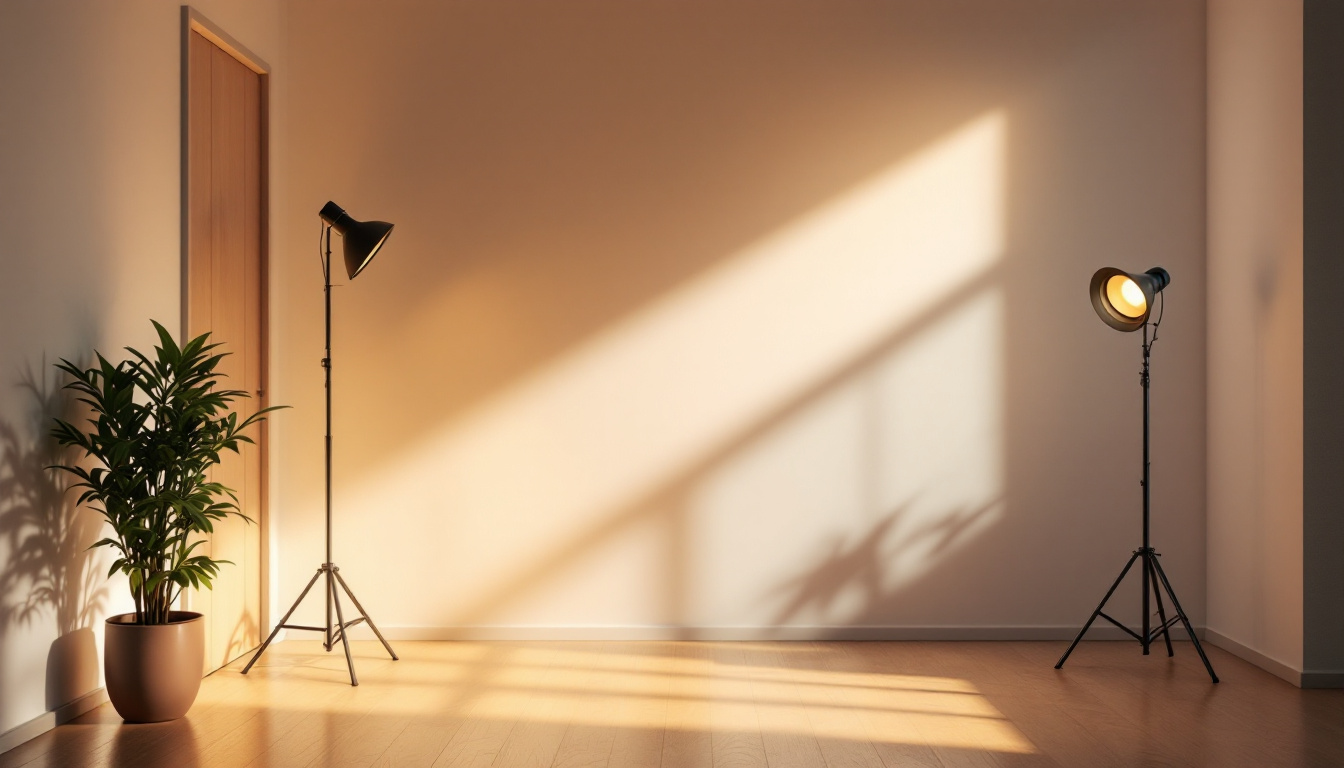
In the world of lighting design, flat ceiling lamps have carved out a significant niche. Their sleek, modern aesthetic and versatility make them a popular choice for various spaces, from residential homes to commercial environments. For lighting contractors, understanding the nuances of flat ceiling lamps is essential for delivering quality installations and meeting client expectations. This article delves into key tips that can enhance the effectiveness of lighting contractors when working with flat ceiling lamps.
Flat ceiling lamps, often referred to as flush mounts or ceiling panels, are designed to sit close to the ceiling surface. Their minimalist design allows them to blend seamlessly into the ceiling, making them an attractive option for spaces with low ceilings or where a more understated lighting solution is desired. These fixtures come in various styles, sizes, and light sources, including LED, fluorescent, and incandescent, providing flexibility for different applications. The unobtrusive nature of flat ceiling lamps not only helps in maintaining the visual flow of a room but also allows for creative interior design choices, as they can be paired with other light sources to create layered lighting effects.
When selecting flat ceiling lamps for a project, it’s crucial to understand the different types available. Each type serves distinct purposes and offers unique benefits.
Flat ceiling lamps are versatile and can be used in various applications. Understanding where to best utilize them can enhance the overall lighting design.
Proper installation is critical to the performance and longevity of flat ceiling lamps. Lighting contractors must pay attention to various factors to ensure a successful installation.
Before installation, it’s essential to assess the electrical requirements of the chosen flat ceiling lamp. Different models may have varying voltage and wattage specifications.
Mounting flat ceiling lamps requires precision and knowledge of the ceiling structure. Here are some techniques to consider:
Consideration for future maintenance is often overlooked during installation. Ensuring that flat ceiling lamps are accessible can save time and effort down the line.
The design of flat ceiling lamps can significantly impact the overall aesthetic of a space. Lighting contractors should consider the following aspects when selecting fixtures.
Flat ceiling lamps come in various styles and finishes, from sleek modern designs to more traditional looks. Matching the lamp’s style to the room’s decor is essential for creating a cohesive environment.
The color temperature of the light emitted by flat ceiling lamps can influence the mood and functionality of a space. Understanding color temperature is vital for lighting contractors.
The size of the flat ceiling lamp should be proportionate to the room it is installed in. A fixture that is too small can look insignificant, while one that is too large may overwhelm the space.
As energy efficiency becomes increasingly important in lighting design, flat ceiling lamps offer various options that align with sustainable practices. Lighting contractors should be well-versed in these aspects to guide their clients effectively.
When selecting flat ceiling lamps, prioritize energy-efficient models that can reduce energy consumption and lower utility bills.
Proper disposal of lighting fixtures is essential for environmental sustainability. Educating clients about recycling options can contribute to a greener approach to lighting.
Effective communication with clients is a cornerstone of successful lighting projects. Lighting contractors should focus on educating clients about their options and the benefits of flat ceiling lamps.
Every client has unique needs and preferences when it comes to lighting. Taking the time to understand these requirements can lead to better project outcomes.
Providing support after installation can enhance client satisfaction and build long-term relationships.
Flat ceiling lamps are an essential component of modern lighting design, offering versatility, efficiency, and aesthetic appeal. For lighting contractors, mastering the intricacies of these fixtures—from installation techniques to design considerations—can lead to successful projects and satisfied clients. By focusing on energy efficiency, client communication, and ongoing support, contractors can elevate their services and ensure that they remain competitive in the ever-evolving lighting industry.
As the demand for innovative lighting solutions continues to grow, staying informed about the latest trends and technologies will empower lighting contractors to deliver exceptional results. Embracing the full potential of flat ceiling lamps is a step towards creating beautifully illuminated spaces that meet the diverse needs of clients.
Ready to take your lighting projects to the next level? Choose LumenWholesale for an unparalleled selection of flat ceiling lamps and other spec-grade lighting products. With our commitment to quality, affordability, and convenience, you can trust us to provide the best value in wholesale lighting. Say goodbye to middleman markups and hello to free shipping on bulk orders, ensuring you get the premium lighting you need at prices that make sense for your business. Elevate your lighting installations today by visiting Wholesale Lighting at the Best Value and discover how we can brighten your work with excellence.

Discover essential insights into exit emergency combo lighting tailored for lighting contractors.

Discover how gas street lamps have become a cornerstone for lighting contractors, blending historical charm with modern efficiency.
Discover the essential advantages of using ballast for fluorescent lights in this insightful guide tailored for lighting contractors.

Discover the essential role of split 3-way lighting in modern installations.